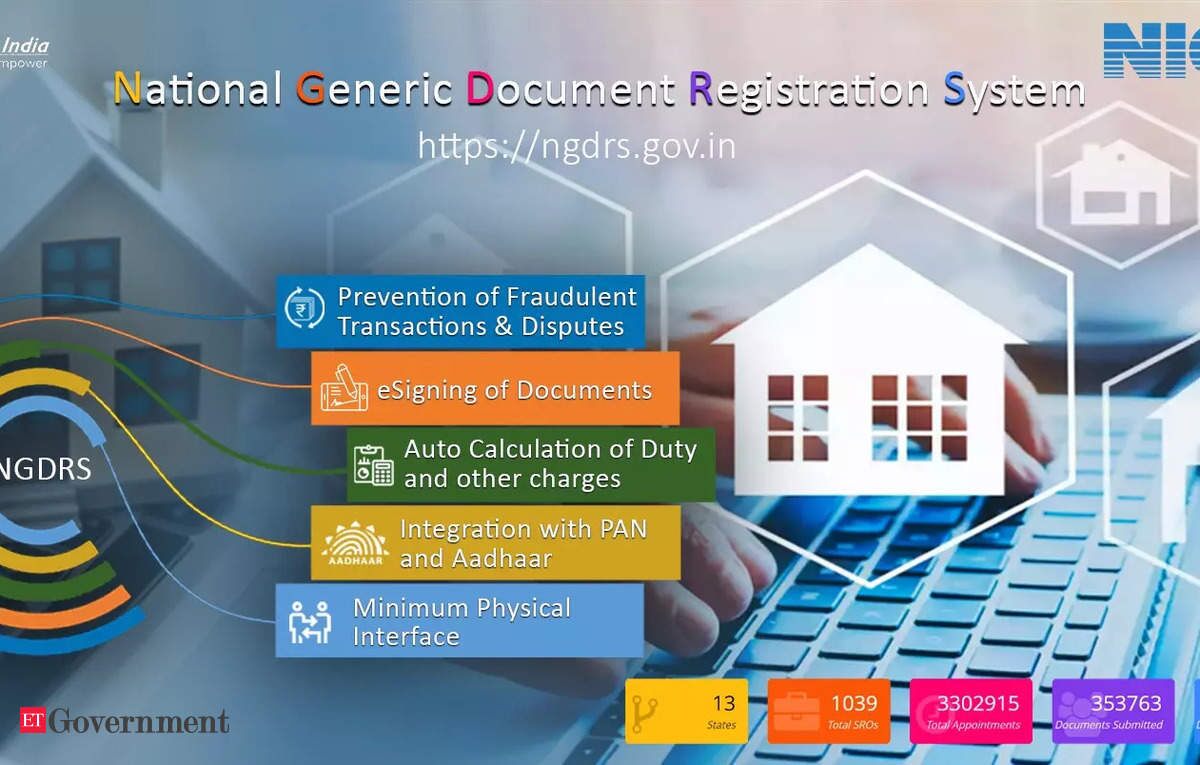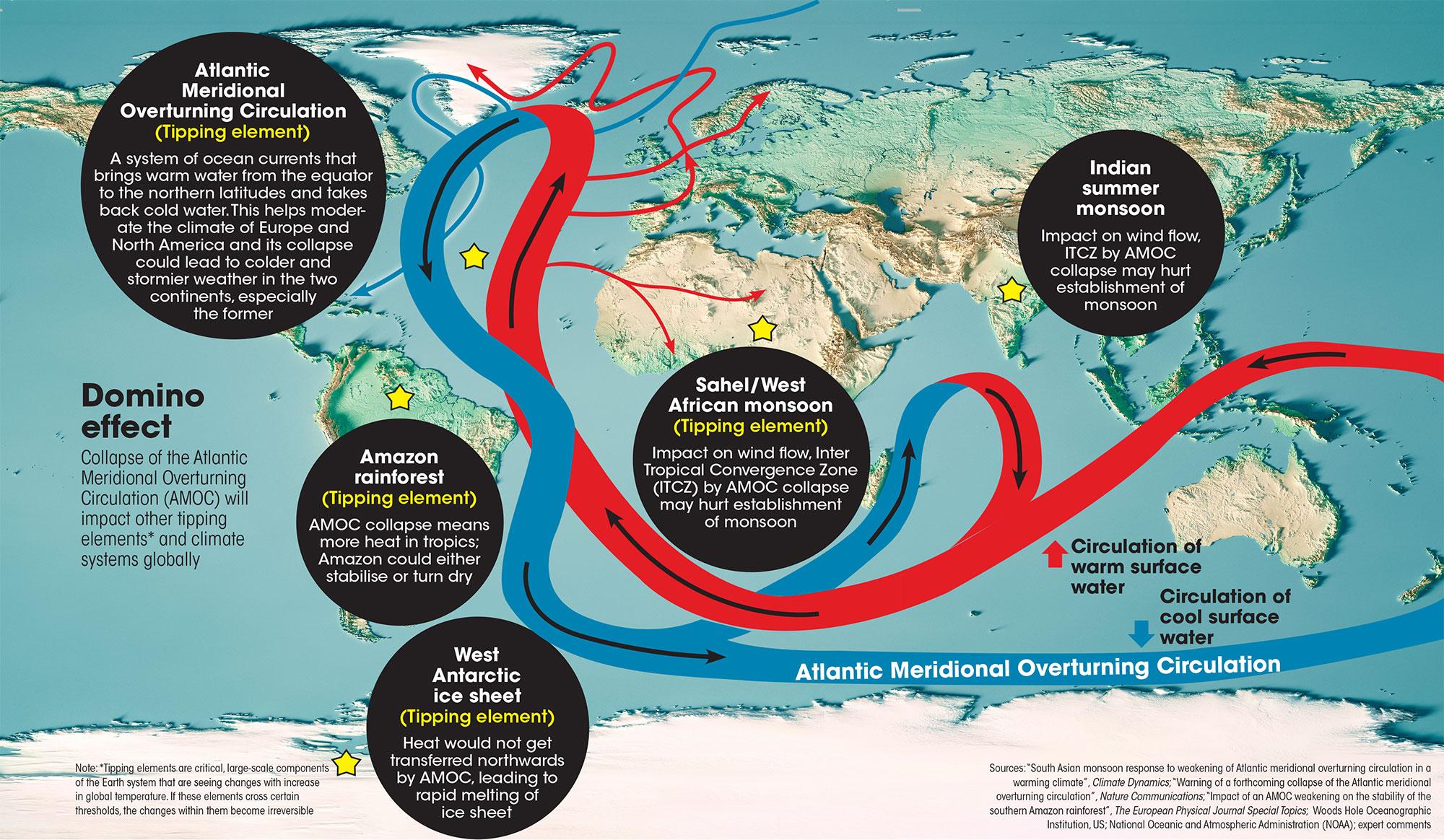Farmers’ Protest 2.0 and MSP Demand (The Hindu)

- 14 Feb 2024
Why is it in the News?
India's Farmers are back on the streets yet again, demanding guarantees on Minimum Support Prices, work on the Swaminathan Committee report, Electricity amendment bill, and debt waiver.
Why are Farmers Protesting?
- Farmers have demanded MSP assurance across all crops, implementing Swaminathan Commission recommendations, debt relief, pensions for farmers, and withdrawing cases against past protestors.
- Advocacy for India's exit from WTO and free-trade agreements are also demands that have been put forth by the farmers.
What is the Minimum Support Price (MSP)?
- Minimum Support Price (MSP) is the lowest rate at which government procurement agencies buy crops from farmers.
- It shields farmers from market fluctuations, offering stability and income security.
- MSP is crucial for ensuring fair prices for farmers and is determined by the Commission for Agricultural Costs and Prices (CACP), considering factors like production costs, market trends, and demand-supply dynamics.
- Established in 1965, CACP operates under the Ministry of Agriculture and Farmers Welfare.
- After the CACP submits its recommendations, the Cabinet Committee on Economic Affairs (CCEA), chaired by the Prime Minister of India, makes the final decision on MSP levels.
Which Crops are Covered Under MSP?
- Kharif crops such as Paddy, Jowar, Bajra, Ragi, Maize, Arhar, Moong, Urad, Cotton, Groundnut, Sunflower Seed, Soybean, and Sesamum.
- Rabi crops such as Wheat, Barley, Gram, Masur, Rapeseeds & Mustard, Safflower, and Toria.
- Additionally, MSP is announced for Copra, De-husked Coconut, and Jute, and Fair Remunerative Prices are declared for Sugarcane.
How is MSP Calculated?
- The Minimum Support Price (MSP) is calculated by considering both the explicit and implicit costs incurred by farmers.
- Explicit costs cover expenses like chemicals, fertilisers, seeds, and hired labour, while implicit costs include factors such as family labour and rent.
- These variables are represented by A2, FL, and C2.
- A2 refers to the expenses for inputs like chemicals, fertilisers, seeds, and hired labour for crop growth, production, and maintenance.
- A2 + FL includes both actual and implicit costs, such as family labour.
- C2 incorporates A2 + FL along with fixed capital assets and rent paid by farmers.
- Additionally, the Commission for Agricultural Costs and Prices (CACP) takes into account various other factors:
- Cost of cultivation per hectare and crop costs in different regions.
- Cost of production per quintal and regional differences.
- Market prices of relevant crops and their fluctuations.
- Other production and labour costs, along with associated changes.
- Prices of commodities bought or sold by farmers and any fluctuations.
- Information on product supply, including area, yield, production, imports, exports, and stocks with public agencies or industries.
- Demand information across regions, including total and per capita consumption, processing industry trends, and capacity.
What Changes Did the Swaminathan Formula Propose?
- The National Commission on Farmers, chaired by agricultural scientist M S Swaminathan, in 2004, submitted a report to the government in 2006, suggesting that the solution to the farm crisis was to provide remunerative prices to the farmer.
- The commission recommended that the MSP should be 1.5 times the farmers’ input costs.
- For the calculation of input costs, however, the Swaminathan Commission laid down a different formula.
- Along with the paid-out cost (A2) and the imputed value of family labour (FL), also included the interest on the value of owned capital assets, rent paid for leased-in land, or the rental value of owned land (C2).
- Key difference:
- The government sets MSP at 1.5 times the Cost of Production (CoP), where Cop is A2+FL.
- The Swaminathan Commission, however, suggests that CoP should be based on C2, proposing the 'C2+50 per cent' formula for setting MSP.
National Generic Document Registration System (PIB)

- 14 Feb 2024
Why is it in the News?
Recently, the Secretary, Department of Land Resources, rolled out the National Generic Document Registration System (NDGRS) throughout Assam along with the launch of Unique Land Parcel Identification Number (ULPIN) seeding of geo-referenced Cadastral Maps.
About National Generic Document Registration System:
- The Department of Land Resources has developed the National Generic Document Registration System (NGDRS) as part of the Digital India Land Records Modernisation Programme (DILRMP).
- As many as 28 States / UTs have adopted the NGDRS for Land Records.
- The NGDRS application is developed by the National Informatics Centre, Pune.
- It is a common, generic application developed for registration departments across the country under the One Nation One Software initiative.
Objectives of NGDRS:
- With technology being one of the major enablers, it is ensured that registrations and delivery of documents to the parties happen faster in comparison to the conventional methods. The broad level objectives are:
- One Nation One Software
- Generic platform for registration of properties and document across the country
- Citizen empowerment by enabling property valuation and online document submission
- A single platform of all the stakeholders in registration process
Features of NGDRS:
- It is a nationwide registration department application that is generic, standardised, and adaptable.
- Sub-registrars, citizens, and apex users from registration departments are the intended users of this program.
- NGDRS makes it easier for states to set up state-specific instances and customise the program to meet their needs.
- With its comprehensive user interface for document and property registration, the program makes it possible for citizens to continue with online land purchases.
- They are able to determine the circle rate for land, determine the type of land, and value properties based on current rates.
- The inability to transact in properties that are prohibited—such as government, tribal, mortgaged, etc.—helps them eventually determine where and what kind of land to purchase.
- After that, clients may schedule appointments in advance, apply online for document submission, and make quick payments.
- Purchasers of real estate only need to make one visit to the sub-registrar's office, and that should be during the final registration and signing process.
What is ULPIN?
- It is the distinct blockchain ID, and the land parcel's ULPIN from BhuNaksha allows for a unique identification.
- Every land parcel has a unique 14-digit alphanumeric identification number, often known as the AADHAR or fingerprint for land.
- The identification relies on georeferenced cadastral maps and is based on the land parcel's longitude and latitude.
- ULPIN has the following advantages: it guarantees transaction uniqueness, maintains current spatial records, connects property transactions, shares land record data across departments and financial institutions, and gets rid of fraudulent transactions.
Revised Guidelines for Community Radio Stations (ET)

- 14 Feb 2024
Why is it in the News?
With a view to ensuring the growth of the community radio sector, the Union government on Tuesday increased the advertising time for community radio stations as well as the tariff rate for advertisements.
What are Community Radio Stations (CRSs?
- Community radio stations (CRSs) are low-power radio stations with a coverage area of approximately a 10-15 km radius, depending on the area’s geography, which is meant to be set up and operated by local communities.
- They offer a platform where content is disseminated in localized dialects and regional languages.
- Local, context-specific issues are raised and discussed in these stations in local idioms.
- India's first community radio station (CRS) was inaugurated on the campus of Anna University in 2004.
- Currently, there are 481 CRSs in India.
About the Revised Policy Guidelines:
- Under the revised policy, the government has permitted any eligible organisation functional in multiple districts to set up a maximum of six community radio stations in different districts.
- The advertising time for community radio stations has been increased from seven minutes per hour to 12 minutes per hour, while the rate of advertisement has been hiked from Rs 52 to Rs 74 per 10 seconds, the guidelines stated.
- The policy also fixed the validity of the letter of intent issued to an organisation to one year, with a buffer of three months to the applicant for any unforeseen circumstances.
- The revised policy guidelines are expected to fuel the growth of the community radio sector.
- The guidelines stated that the licensee would set up an advisory and content committee comprising members of the local community, with 50 per cent representation for women.
Carbon Nanotubes (CNTs) (DST)

- 14 Feb 2024
Why is it in the News?
Recently, researchers at the Institute of Advanced Study in Science and Technology (IASST) have pioneered a novel method for directly synthesising CNTs on glass substrates at a temperature of 750 °C.
What are Carbon Nanotubes (CNTs)?
- A carbon nanotube is a small cylindrical carbon structure made out of graphene.
- The tube comprises hexagonal structures.
- Despite their very small size, carbon nanotubes are very strong.
- Carbon nanotubes are also known as “Buckytubes” because they resemble R. Buckminster Fuller’s geodesic domes.
- They are pivotal in advancing modern technology by showcasing extraordinary properties.
- Applications: They have found applications in diverse fields, including rechargeable batteries, flexible electronics, aerospace, transparent electrodes, touch screens, supercapacitors, and medicine.
- Recent Developments: The experiment employs the Plasma Enhanced Chemical Vapour Deposition Technique (PECVD), in which a spiral-shaped fused hollow cathode source is specifically constructed to create plasma.
- This novel method avoids the requirement for high temperatures and does not require a transition metal catalyst.
Why is It Necessary?
- Metal catalysts (Fe, Co, and Ni) and high temperatures (~1000 0C) are needed for conventional CNT production procedures.
- Concerns about biocompatibility arise with these catalysts for possible biomedical uses.
- A fascinating area of nanotechnology, the removal of these catalysts from CNTs presents a huge financial hurdle, underscoring the urgent need for cleaner, more sustainable CNT synthesis techniques.
- Clean CNTs that can be used in biomedical settings, optoelectronics, and energy studies may now be produced.
Atlantic Meridional Overturning Circulation (AMOC) (Earth Org)

- 14 Feb 2024
Why is it in the News?
The circulation of the Atlantic Ocean, a key component in global climate regulation, is “on route” to a tipping point, according to a new study, which describes the findings as “bad news for the climate system and humanity.”
What is Atlantic Meridional Overturning Circulation (AMOC)?
- The ocean’s water is constantly circulated by currents.
- Tidal currents occur close to shore and are influenced by the sun and moon and the surface currents are influenced by the wind.
- However, other, much slower currents that occur from the surface to the seafloor are driven by changes in the saltiness and ocean temperature, a process called thermohaline circulation.
- These currents are carried in a large "global conveyor belt," which includes the AMOC.
- AMOC stands for Atlantic Meridional Overturning Circulation.
- The AMOC circulates water from north to south and back in a long cycle within the Atlantic Ocean.
- This circulation brings warmth to various parts of the globe and also carries nutrients necessary to sustain ocean life.
- The circulation process begins as warm water near the surface moves toward the poles (such as the Gulf Stream in the North Atlantic), where it cools and forms sea ice.
- As this ice forms, salt is left behind in the ocean water.
- Due to the large amount of salt in the water, it becomes denser, sinks down, and is carried southwards in the depths below.
- Eventually, the water gets pulled back up towards the surface and warms up in a process called upwelling, completing the cycle.
- The entire circulation cycle of the AMOC, and the global conveyor belt, is quite slow.
- It takes an estimated 1,000 years for a parcel (any given cubic meter) of water to complete its journey along the belt.
- Even though the whole process is slow on its own, there is some evidence that the AMOC is slowing down further.
Is the AMOC Slowing Down?
- As our climate continues to change, there is a possibility that the AMOC will slow down, or come to a complete stop.
- While research shows it is weakening over the past century, whether or not it will continue to slow or stop circulating completely remains uncertain.
- If the AMOC does continue to slow down, however, it could have far-reaching climate impacts.
- For example, if the planet continues to warm, freshwater from melting ice at the poles would shift the rain belt in South Africa, causing droughts for millions of people.
What Would Happen if AMOC Failed?
- AMOC acts as a sort of "switch" for the climate, particularly in Europe and the northern hemisphere.
- It would result in less precipitation in regions like Europe, North America, China, and certain regions of Russia in Asia, as well as widespread cooling throughout the northern hemisphere.
- The Amazon rainforest might become dry and drought-prone as a result of the extra heat brought on by a collapsing AMOC, and it might even become a savannah state.
- In certain areas, monsoon development and rainfall might be impeded by a slowing in AMOC.
- There might be less rainfall in the Sahel (the West African monsoon area), less summer monsoon circulation in South Asia and India, and more winter storms in Europe.
- The summer monsoon circulation over the Indian subcontinent and the sea level pressure gradient are both weakened by a weakening of the land-sea heat gradient.
